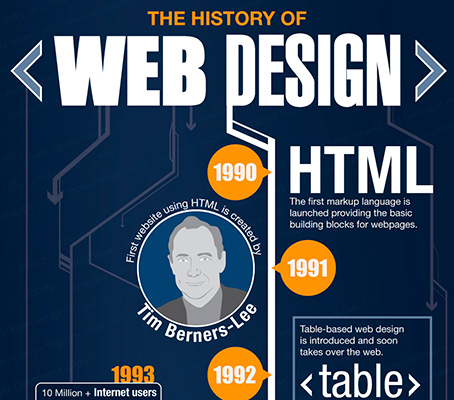Understanding The Art Of Website Design: Tips And Tricks For Crafting A User-Friendly Website
Understanding The Art Of Website Design: Tips And Tricks For Crafting A User-Friendly Website
Blog Article
Content Created By-Stokes Raun
Master the art of web design by concentrating on customer experience. Craft instinctive navigating and opt for mobile optimization to improve the browsing experience. Make certain very easy navigating with clear headings and appealing visuals. w3c ada compliance on mobile responsiveness for a consistent individual experience. By including these important design concepts, you can develop an user-friendly site that captivates visitors.
Necessary Style Concepts
When designing a site, focus on user experience most importantly else. Your major objective should be to produce a seamless and delightful experience for your visitors. Beginning by making sure that your web site is very easy to navigate. Usage clear headings, arranged menus, and user-friendly buttons to assist individuals via your material effortlessly. Remember, simplicity is crucial. Prevent cluttering your pages with unneeded components that can overwhelm or perplex your audience.
Another vital layout principle is to make sure your web site is aesthetically enticing. Pick a cohesive color design, high-quality images, and legible typefaces to improve the overall appearance of your website. Uniformity is essential in developing a strong brand name identification and making your internet site more remarkable to users.
Furthermore, prioritize mobile responsiveness. With even more individuals browsing the internet on their smart devices and tablets, it's important that your site looks and works well on all devices. Check your website on different display sizes to guarantee a seamless experience for all individuals. By focusing on these essential layout concepts, you can develop an user-friendly site that keeps site visitors coming back for even more.
User-Focused Navigation
To enhance individual engagement and improve their searching experience, focus on developing instinctive navigation pathways that direct site visitors seamlessly with your website. Clear and well-organized navigating is important for aiding customers discover the information they need quickly and effectively. Begin by maintaining your menu structure simple and easy to understand. Usage detailed labels that clearly show what web content can be found under each food selection option. In addition, consider implementing dropdown food selections for subcategories to prevent overcrowding the primary navigating bar.
One more essential facet of user-focused navigation is making use of breadcrumbs. Breadcrumbs are an additional navigation help that reveals users their existing area on the site and allows them to quickly navigate back to previous web pages. This function is particularly handy for customers that enter your site via a deep link or an internet search engine outcome.
Furthermore, incorporating search performance prominently on your website can even more improve individual navigation. A search bar allows customers to rapidly discover details content without needing to click via numerous web pages. Guarantee that your search bar is conveniently noticeable and obtainable on every page of your website for optimum use. By prioritizing user-focused navigation methods, you can develop an extra instinctive and delightful surfing experience for your visitors.
Mobile Optimization Techniques
Think about optimizing your internet site for mobile devices to make sure a seamless individual experience across different display dimensions. Mobile optimization is critical in today's digital landscape where a considerable portion of internet surfing occurs on mobile phones and tablets.
To enhance mobile functionality, start by carrying out responsive style techniques. This technique enables your website to adjust to various display dimensions, maintaining functionality and appearances.
Focus on optimizing packing times for mobile users. Slow-loading websites can prevent site visitors and influence your search engine positions. Press pictures, lessen HTTP demands, and take advantage of browser caching to improve filling speed. In addition, prioritize material hierarchy for mobile screens. Make sure that crucial information is plainly displayed, and navigating is user-friendly, promoting easy accessibility to key sections.
Make https://www.forbes.com/sites/forbesagencycouncil/2022/06/28/3-critical-questions-to-ask-when-considering-a-digital-experience-platform/ of touch-friendly components such as larger buttons and structured types to facilitate interaction on smart phones. Conduct detailed screening across various mobile systems to recognize and correct any type of use problems.
Conclusion
Finally, mastering the art of website design is important for developing an user-friendly internet site. By including vital style concepts, user-focused navigating, and mobile optimization strategies, you can ensure a seamless and delightful experience for your visitors.
As an example, a regional bakeshop saw a 30% boost in online orders after revamping their site to be a lot more straightforward and mobile-responsive. Bear in mind, a well-designed internet site can make all the distinction in attracting and maintaining consumers.
